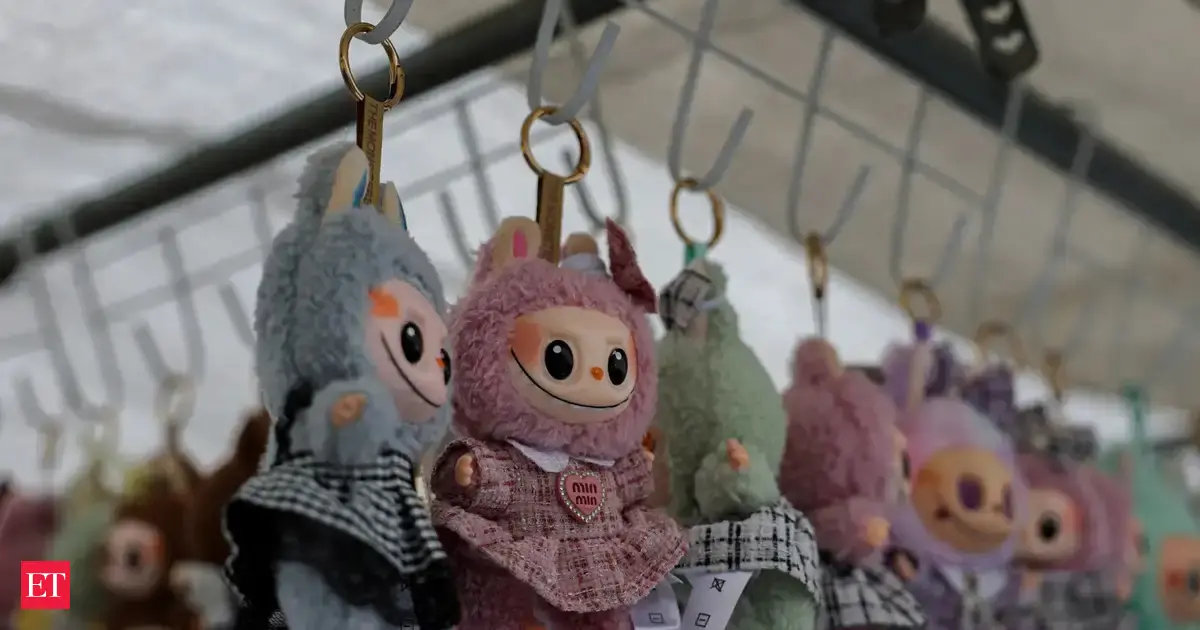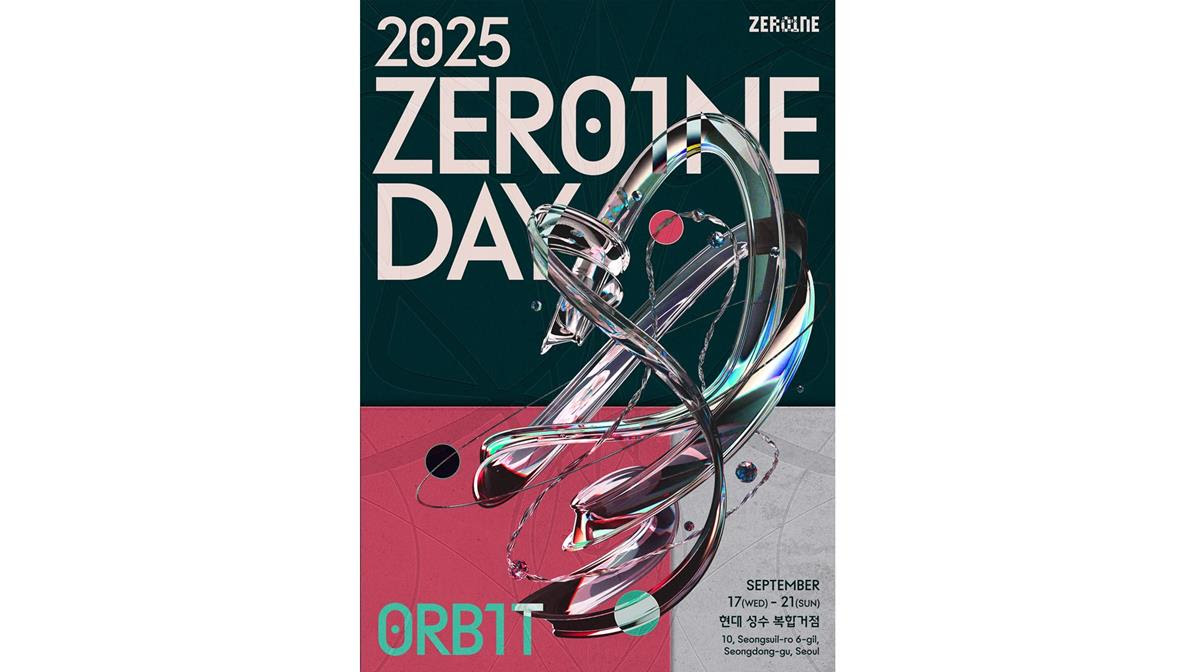By Felix Salmon
Copyright indiatimes

If you ever get the feeling that your kids have a better grip on the state of the world than you do, maybe that’s because they understand Labubus better than you do.Labubus were introduced to the world in 2015, when Netherlands-based author Kasing Lung published The Monsters, a series of children’s books featuring the characters. It wasn’t until the past couple of years, however, that fortune truly smiled on these ugly-cute elves — by transforming them into collectible furry toys that then became a globe-spanning cultural phenomenon, with sales this year on track to overtake Barbie’s and exceed $1 billion. The resulting surge in the share price of Pop Mart International Group Ltd., which makes and sells the toys, caused the Hong Kong-based company’s 38-year-old founder, Wang Ning, to became the 12th richest person in China, with a net worth of more than $20 billion.A quick refresher on the off-chance that you have no small children, do not care about tennis star Naomi Osaka or K-Pop superstar Lisa from Blackpink, and generally have been living in blissful ignorance: Labubus, first and foremost, are bag charms, basically keychains rebranded so that people want many of them rather than just one. Bag charms have a long history — Jane Birkin’s eponymous Hermes bag, which was invariably encrusted with various tchotchkes and ornaments, sold for $10 million earlier this year, albeit after being stripped of her various additions — and come in many shapes, sizes and price points. Small, cute, furry charms, including Labubus, generally cost around $15 or $20, but they can venture north of $1,000 (see this absolutely adorable soft robot from Prada, for example). Labubu collecting, which has given rise to a secondary market where the toys trade for many times more than they cost at retail, largely coincides with the latest version of the most recent bag-charm craze, which started in mid-2024.If you don’t understand how an overheated market could emerge in doohickeys that dangle from handbags, it might help to think of collectible charms as being a bit like watches. If you walk down the street with a watch on your wrist or a Labubu on your bag, most people won’t notice. The majority of the rest will see that it’s there but think nothing of it. A select few will actually look and grok the basics — is it digital or analog, Apple or mechanical, Zimomo or Tycoco? An even smaller number will be able to identify its grouping—it might be an Audemars Piguet, or part of the Convenience Store series. And then, finally, true connoisseurs will be able to tell whether it’s a particularly rare and collectible specimen. The idea is that you can publicly flaunt your membership of a self-selecting elite — IYKYK — in a way that is effectively invisible to most of the rest of us, who just see a furry toy. Live EventsAnother similarity to luxury items such as watches and handbags is the rise of Lafufus, or fake Labubus — disdained by many, but also embraced by others as a rationally ironic response to an overwhelming deluge of targeted marketing and enormous profit margins. The very 2020s phenomenon known as “neokayfabe” involves enthusiastically buying into something that you know is artificial. In the world of consumer products, that basically means anything that’s priced off of demand rather than cost. Pop Mart’s gross margin, for instance, is north of 70%, as of the first half of 2025, at the same level as that of Hermes and higher than Richemont’s. Consumers are well aware of this, and while some are happy to spend their money on the genuine article, others enjoy collecting superfakes that are mostly indistinguishable from the real thing but cost as little as 2% of the price.Just as in the fashion world, demand for fake Lububus only serves to widen brand recognition and accelerate demand for the real thing. As one Redditor put it: “We buy them because the marketing worked, but it didn’t work well enough to convince us to part with our hard earned cash.”The main difference between collectors of watches and handbags and collectors of Labubus is that those the latter group spend a lot less money on their hobby and takes themselves way less seriously. Look at the sheer joy with which Osaka unveiled her bedazzled Labubus (Billie Jean Bling, Andre Swagassi) at the US Open: That’s something you almost never see in the watch world. The anti-elite nature of Labubus is just one of the ways in which they might be the perfect avatar of 2025. They’re not all the same — they’re basically nonfungible tokens made incarnate — but they’re still democratic and inclusive, available on a first-come, first-served basis from Pop Mart for roughly $20 a pop. Every so often, a batch of blind boxes will arrive at the retailer, only to sell out in a frenzy. Labubus’ status as a physical meme is indeed very 2025: This is the year of virtual phenomena making themselves physically unavoidable. Artificial intelligence chatbots, for instance, have a physical manifestation in the form of massive data centers and the recommissioned nuclear power stations needed to power them. Gold, too, is a physical meme, the oldest on the planet, and its price has increased by more than $1,000 per ounce, or 41%, year-to-date. (Naturally, there’s a 24 karat gold Labubu crossover meme.)Fad toys are nothing new — never forget the Beanie Baby craze, which also took place during a period of speculative fervor, in the late 1990s. But Labubus have spilled over into the worlds of celebrity and popular culture in a way that Beanie Babies, which lacked TikTok as a force multiplier, never could. More to the point, while the Beanie Baby craze was almost entirely American, the Labubu craze is not only global but also mostly Chinese, with more than half of Pop Mart’s revenue coming from the mainland. Global crazes centered on corporate intellectual property have originated in many countries, and South Korea in particular specializes in creating and exporting such things, but China has, until now, generally punched below its weight. The way Labubus look is also of the moment. While Beanie Babies were traditionally cute, Labubus are closer to the Japanese concept of busu-kawaii, things that are endearing precisely because of their flaws. Their gap-toothed charm fits right in with Aimee Lou Wood becoming the breakout star of White Lotus and Georgia May Jagger being anointed the face of Maison Kitsuné.One of the most 2025 aspects of Labubus is their unapologetic randomness, including randomness in price, which, just like Pop Mart’s stock price, can definitely go down as well as up. Not only is their distribution deliberately randomized by the use of sealed boxes, a bit like baseball cards, but the entire Labubu phenomenon epitomizes University of Pennsylvania professor Duncan Watts’ highly influential theory that cultural success is inherently unpredictable, determined mostly by the combination of social influence and chance.In a world where as many as six impossible things can happen before breakfast, Labubus are a physical reminder that an obscure Dutch children’s book from last decade can become a multibillion-dollar global phenomenon overnight, not unlike any number of crypto meme tokens. The question isn’t why they achieved success, so much as why not. Add as a Reliable and Trusted News Source Add Now!
(You can now subscribe to our Economic Times WhatsApp channel)
Read More News onLabubusLabubuLabubu priceLabubu price in indiaLabubu price indiawhite lotusuniversity of pennsylvania
(Catch all the Business News, Breaking News, Budget 2025 Events and Latest News Updates on The Economic Times.) Subscribe to The Economic Times Prime and read the ET ePaper online….moreless
(You can now subscribe to our Economic Times WhatsApp channel)Read More News onLabubusLabubuLabubu priceLabubu price in indiaLabubu price indiawhite lotusuniversity of pennsylvania(Catch all the Business News, Breaking News, Budget 2025 Events and Latest News Updates on The Economic Times.) Subscribe to The Economic Times Prime and read the ET ePaper online….moreless
Explore More Stories123



